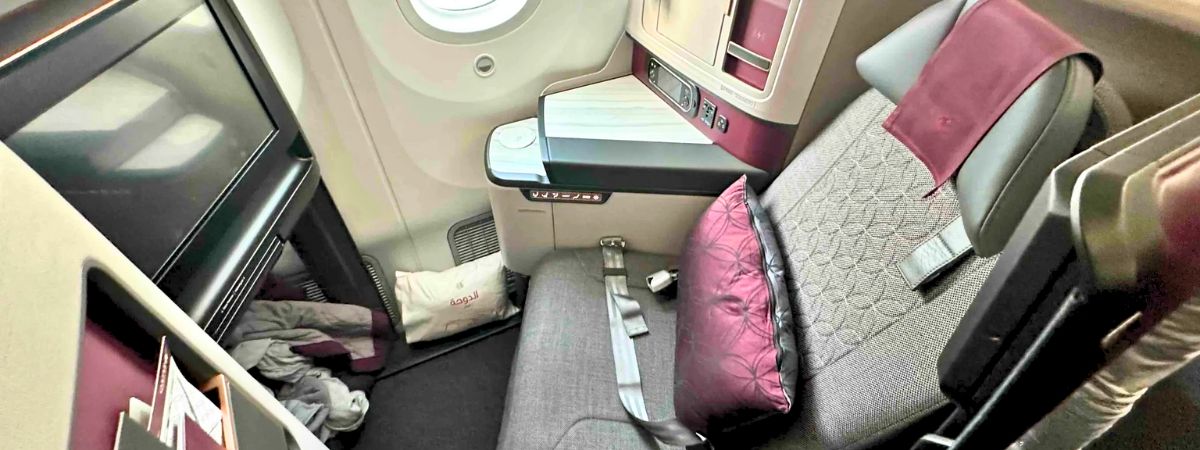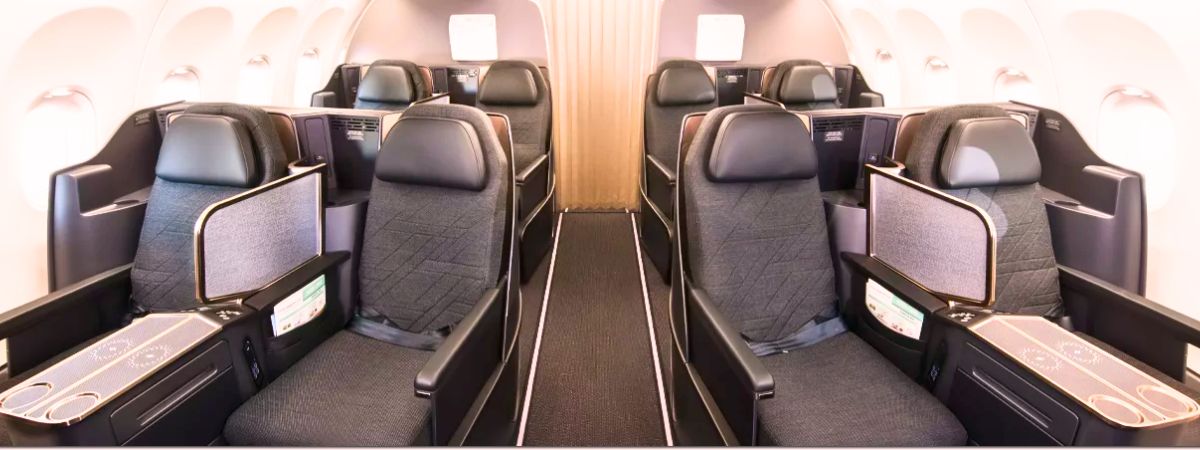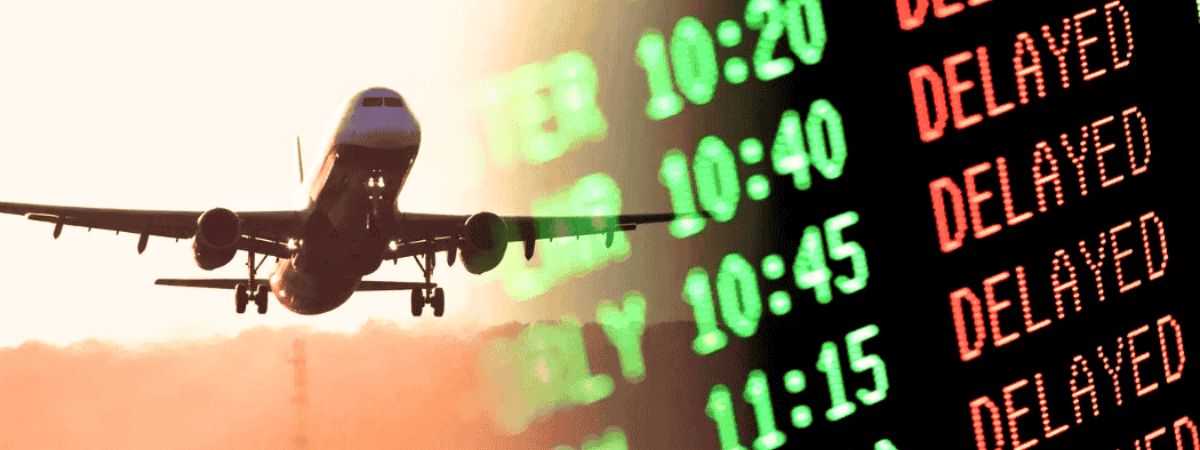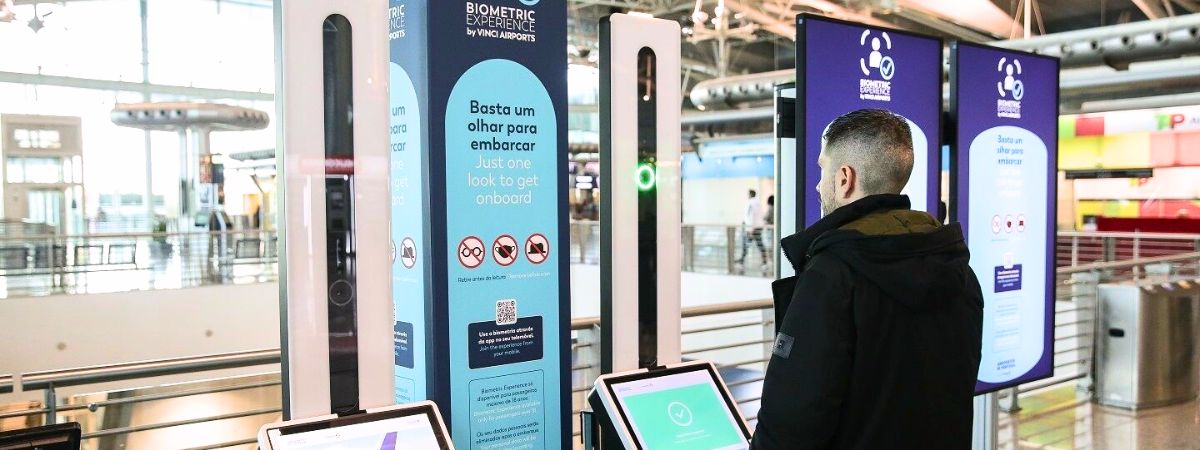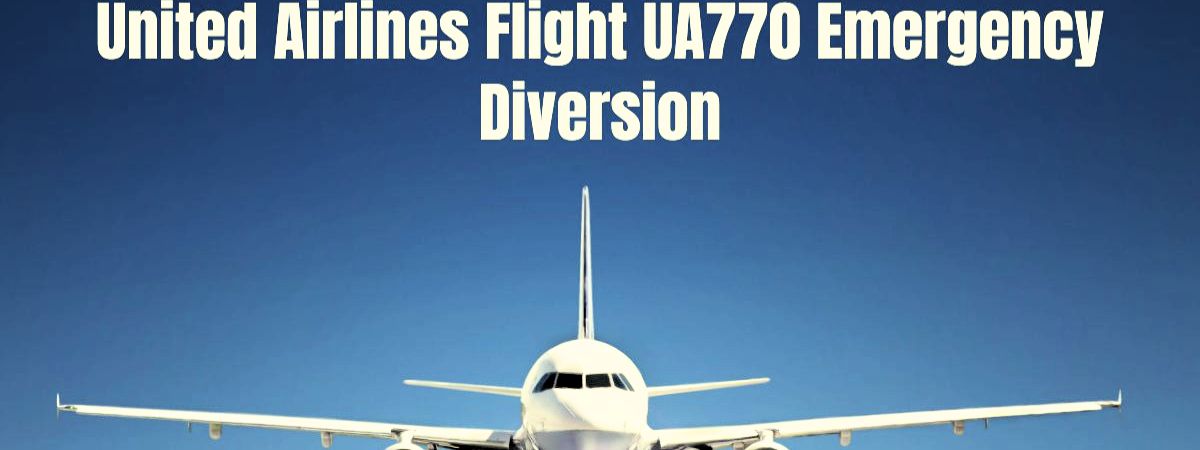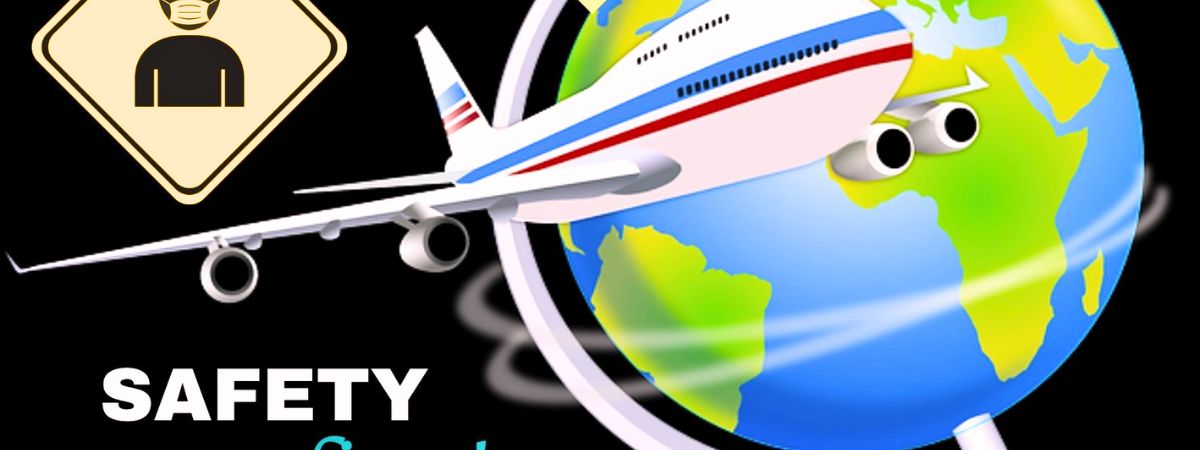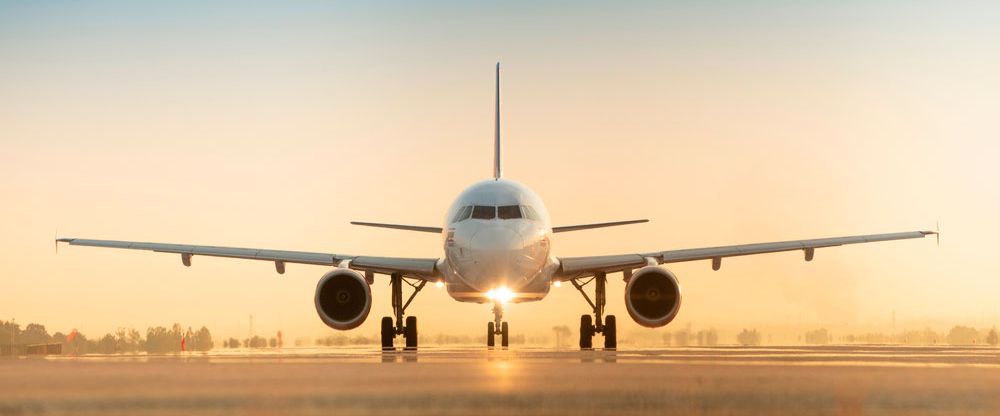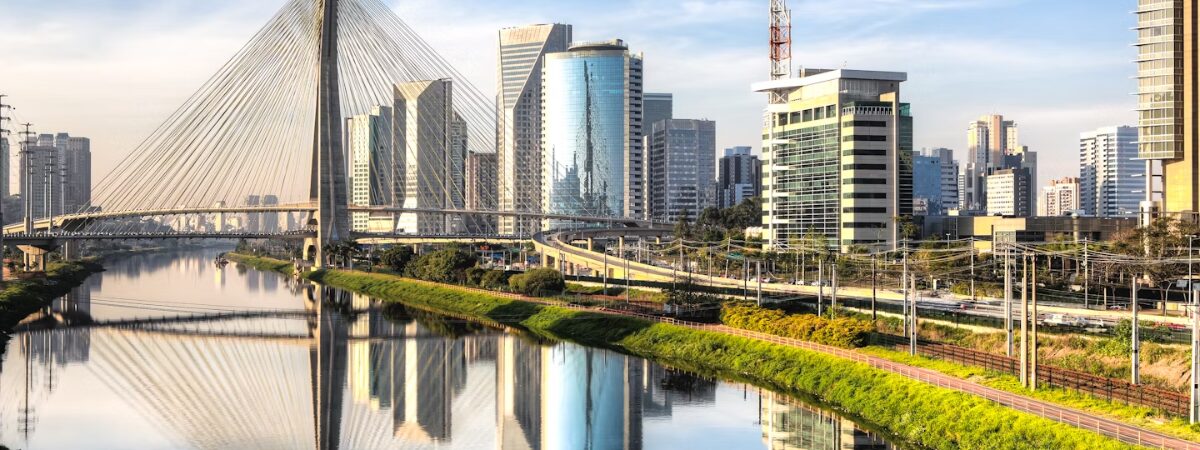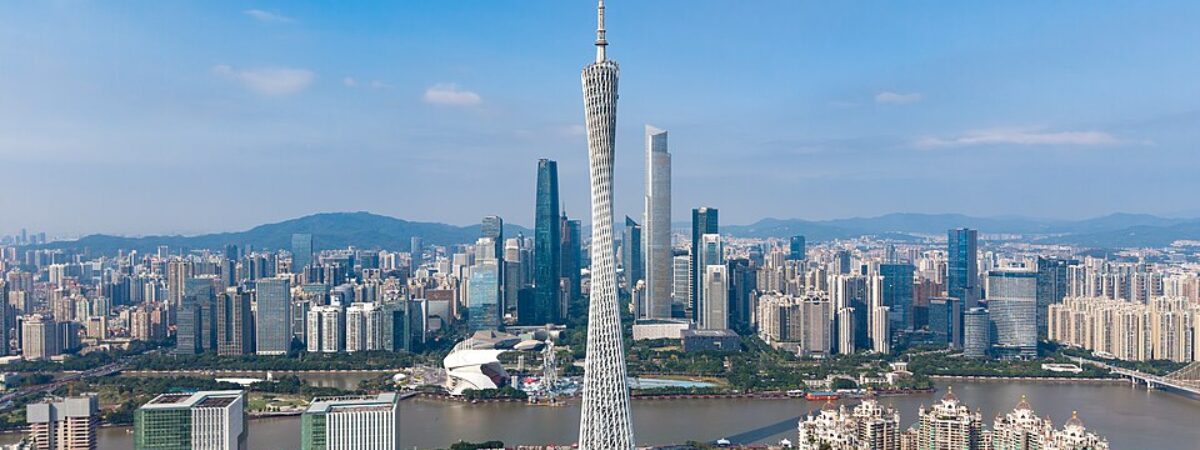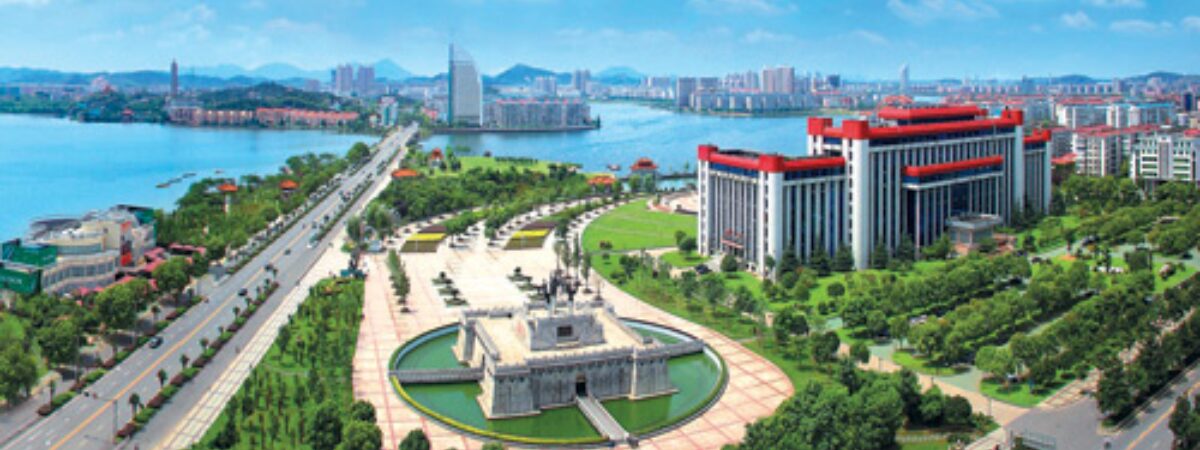Despite having a shorter lifespan than the Boeing 747, the Airbus A380 is an unquestionably magnificent aircraft that will turn heads wherever it travels; airlines still use several aircraft for passenger flights. On the other hand, many of the 747 models have been converted into freighters or retired by their operators. Since the outbreak, A380 operators have been slow to return their planes to service. However, with the rising demand for travel around the world, airlines now often use jumbo planes to transport thousands of passengers every day.
Airbus A380 production stopped in 2021; many of these aircraft are still in their prime and have many years to fly. Unfortunately, some airlines, like Korean Air, have discontinued their planes due to operating costs. Dubai-based Emirates, the biggest Airbus A380 operator worldwide, has stated that it plans to keep flying the aircraft into the early 2040s. While the industry is shifting its preference toward twin-engine aircraft for long-haul travel, the A380 has a few benefits over its smaller rivals, particularly regarding long-haul travel.
The Airbus A380: Extraordinary Facts To Know
Here are some of the unique facts about the A380:
Cost: It costs $445 Million
The Airbus A380 requires a significant financial commitment from airlines hoping to add it to their current fleet. As of 2018, the wide-body jet costs $445.6 million, according to statistics. However, despite this high cost, Airbus has still produced and delivered 226 units.
Structure: It’s the Biggest Airline for Passengers
The A380 is the largest passenger airliner in the world, with 550 square meters of usable area. Compared to the second-largest passenger airplane, it has 40% more space. Naturally, this is one of the A380’s main selling points. Airbus boasts that the enormous aircraft can accommodate up to 853 passengers.
Speed: It has a Cruise Speed of Mach 0.85
The Airbus A380 is swift in addition to being big. The A380-800 model has a cruising speed of roughly Mach 0.85; however, other variations have varying speeds. Putting that figure into context is around 560 miles per hour (MPH).
A $15 Billion Initiative
The Airbus A380 was a difficult aircraft to design and build. The massive airliner, which cost more than $15 billion to develop, took Airbus engineers decades to develop. However, Airbus made a smart investment, given that each A380 costs $445 million. Airbus has become a significant aerospace producer and is currently competing with Boeing, thanks in part to the A380.
Engine: Rolls-Royce Engine
The Rolls-Royce Trent 900 engine is one of the two engine options available for the Airbus A380. The enormous jet gets the lift and velocity it needs to take off from this strong engine. The Engine Alliance GP7000, another variant, is a potent choice for the A380.
Aircraft: Body Made of 20% Composite
The A380 is unique since it is one of the few commercial airplanes with a frame composed of at least 20% composite materials. However, the Airbus A380’s fuselage is made almost entirely of aluminum alloy to create a lightweight yet sturdy design. The A380 is the first commercial airplane to use a carbon-fiber plastic wing box.
Inside: Constructed From More Than Four Million Parts
A multinational team produced an Airbus A380, with separate fuselage components built by various European businesses. In the end, it consisted of over four million individual pieces, with 1,500 firms from 30 countries manufacturing 2.5 million part numbers, according to Airbus. The entire aircraft would be made at Toulouse’s A380 final assembly line (FAL) following the shipment of the wings and fuselage components. Airbus also used its Beluga fleet to fly vertical tail fins to its Toulouse-Blagnac factory; however, most of the parts would get transported.
One of the Industry’s Quietest Cabins
As the largest four-engine passenger jet in the world, you would think that an A380’s cabin would be noisier than that of a typical aircraft. Surprisingly, the A380 is among the quietest widebody jets now in operation. A variety of design decisions achieved a rating of 16 EPNdB, which is below the ICAO’s Chapter 4 noise limit. According to a study published in Applied Acoustics, the A380 was the quietest wide-body aircraft, with a cabin noise of 69.5 dB, lower than that of the A350 (74.9 dB) and 787 Dreamliner (72.7 dB).
Over 300 Miles of Electrical Wires
Hundreds of kilometers of electrical cables link the airplane’s more than four million components, assemblies, and systems to the main network. Due to the A380’s sophisticated technological capabilities, most of its systems are to be handle electronically. The electronic systems used in the A380 have superseded mainly the pneumatic and hydraulic systems found in older aircraft. Over 300 miles (483 km) of electrical connections link the aircraft’s cockpit, cabin, in-flight entertainment, and other vital components.
A Massive Amount of Usable Floor Space
Compared to the Boeing 747-400, the A380 has 50% greater usable floor space. Three tennis courts easily fit in the 550 square meters of usable area. One of the roomiest airplanes available is still the Airbus A380.
Redefining luxury
The A380 offers airlines incredible chances to innovate with their passenger offerings because of its enormous cabin capacity. Luxury suites are available in the first-class cabins of numerous full-service airlines, such as Singapore Airlines and Qatar Airways. In contrast to typical passenger interactions, the aircraft allows passengers to have a more personal flying experience. First-class cabins have fully functional showers. Some airlines put a duty-free store between the first and business class cabins, with counters and fully stocked bars.
Turbulent air
Smaller planes closely trailing the superjumbo may experience issues due to its size and weight, known as “wake turbulence.” A small private jet collided with an Airbus A380 in 2017 and flipped midair. According to new regulations, light aircraft should wait four minutes before landing or taking off on the same runway that an A380 just utilized.
The Secret Chamber
The A380 boasts the largest crews of any airplane, with up to 21 flight attendants and a three-person cockpit crew. There is space in the galley for five people to work at once, and crew members can take a break on the “secret” section of the third deck (the cargo deck at the bottom), which features bunk beds and a separate bathroom.
The Primary users of the A380
The Airbus A380 is used by many different airlines, but the prime users of the A380 are Singapore Airlines, Emirates, Lufthansa, and Qantas. With a fleet of 123 A380s, Emirates, on the other hand, has the most! The Airbus A380 is also flown by the following airlines:
- Asiana Airlines
- All Nippon Airways
- British Airways
- Emirates
- Etihad Airways
- Korean Air
- Lufthansa
- Qantas
- Qatar Airways
- Singapore Airlines
Wrapping Up
Once a representation of aviation aspirations, the Airbus A380 is nearing the end of its useful life because of high operating costs and a lack of consistent demand. In terms of aviation safety, the A380 has raised the bar. Because of its sophisticated design, cutting-edge technology, and strong safety procedures, it is among the safest airplanes to fly.
As long as A380 operators continue to operate this aircraft for commercial purposes, passengers may feel secure knowing that safety procedures will be followed. It was eventually abandoned because of operational problems and insufficient adaptability for cargo operations, while being commended for its capacity and passenger experience.
Related FAQs
The largest passenger airliner ever constructed is the Airbus A380, 73 meters in length and with a wingspan of 80 meters, the only full-length double-deck aircraft.
As of December 2019, it made 242 deliveries to 14 airlines worldwide.
Airbus proved during testing that the A380 could be successfully removed in less than 90 seconds with 853 passengers and 20 crew members.
A lack of demand, excessive prices, and the airline industry’s move to smaller, more fuel-efficient aircraft were the causes of the A380’s manufacturing ending in 2019.
The A380 has two enormous decks, larger ceilings, and is the widest commercial aircraft with 15% extra room for luggage.


